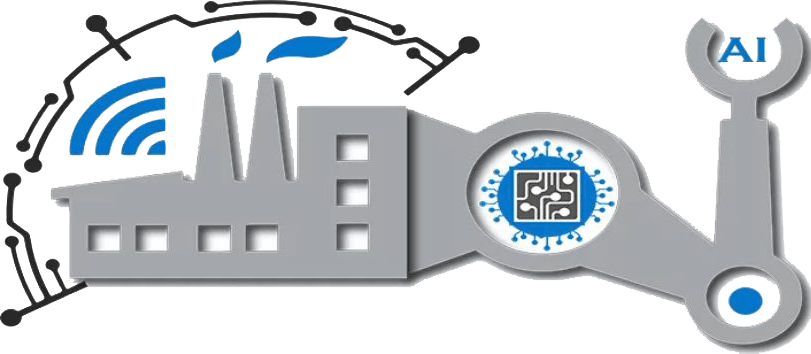The evolution of Robotics 5.0 marks a significant leap in the industrial landscape, emphasizing advanced automation and collaboration between humans and robots. This new era is characterized by the integration of sophisticated technologies such as artificial intelligence, machine learning, and IoT, driving unprecedented levels of productivity, safety, and flexibility. Key advancements in collaborative robots (cobots), AI-driven automation, and robotic process automation (RPA) are at the forefront of this transformation.
Showcase Advancements in Collaborative Robots, AI-Driven Automation, and Robotic Process Automation
Collaborative robots, or cobots, represent a major breakthrough in robotics, designed to work alongside humans in shared workspaces. Unlike traditional industrial robots, cobots are equipped with advanced sensors and safety features that allow them to operate safely around human workers. This collaboration enhances productivity by combining human dexterity and decision-making with robotic precision and endurance. Cobots can be easily programmed and reprogrammed to perform a variety of tasks, making them highly flexible and adaptable to changing production needs.
AI-driven automation leverages artificial intelligence and machine learning to optimize and control robotic systems. AI enables robots to learn from their environments and experiences, improving their performance over time. This self-learning capability allows for more efficient and accurate automation processes, reducing errors and downtime. AI-driven robots can analyze vast amounts of data in real-time, making intelligent decisions that enhance operational efficiency. For instance, in manufacturing, AI can optimize production lines, predict maintenance needs, and ensure quality control.
Robotic process automation (RPA) focuses on automating repetitive and rule-based tasks, typically performed by humans in administrative and back-office functions. RPA uses software robots to mimic human interactions with digital systems, automating processes such as data entry, invoice processing, and customer service. This automation frees up human workers to focus on more strategic and creative tasks, increasing overall productivity. RPA is particularly beneficial in industries with high volumes of repetitive tasks, such as finance, healthcare, and logistics.
Emphasizing Productivity, Safety, and Flexibility Improvements
The advancements in Robotics 5.0 significantly enhance productivity across various industries. Cobots can work continuously without fatigue, increasing production rates and consistency. AI-driven automation ensures that robots operate at peak efficiency, minimizing waste and optimizing resource use. RPA streamlines administrative processes, reducing the time and effort required for routine tasks. Collectively, these advancements result in higher output, lower operational costs, and improved quality.
Safety is a paramount concern in Robotics 5.0. Cobots are designed with built-in safety features, such as force-limited joints and advanced sensors, to prevent accidents and injuries. AI-driven robots can monitor their surroundings and adapt to changing conditions, reducing the risk of collisions and malfunctions. RPA minimizes human involvement in hazardous or error-prone tasks, further enhancing workplace safety. By ensuring a safer working environment, Robotics 5.0 fosters a culture of safety and wellbeing.
Flexibility is another critical advantage of Robotics 5.0. Cobots can be easily reconfigured to perform different tasks, making them ideal for small-batch production and customized manufacturing. AI-driven automation allows robots to adapt to new tasks and environments, ensuring they remain relevant in dynamic industrial settings. RPA can be quickly deployed and scaled to meet changing business needs, providing agility in administrative processes. This flexibility enables companies to respond swiftly to market demands and technological advancements.
In conclusion, Robotics 5.0 and advanced automation are revolutionizing the industrial landscape, driving significant improvements in productivity, safety, and flexibility. Collaborative robots, AI-driven automation, and robotic process automation are key technologies that exemplify this transformation. As industries continue to embrace these advancements, they will unlock new levels of efficiency, innovation, and competitiveness, shaping the future of work and production.





